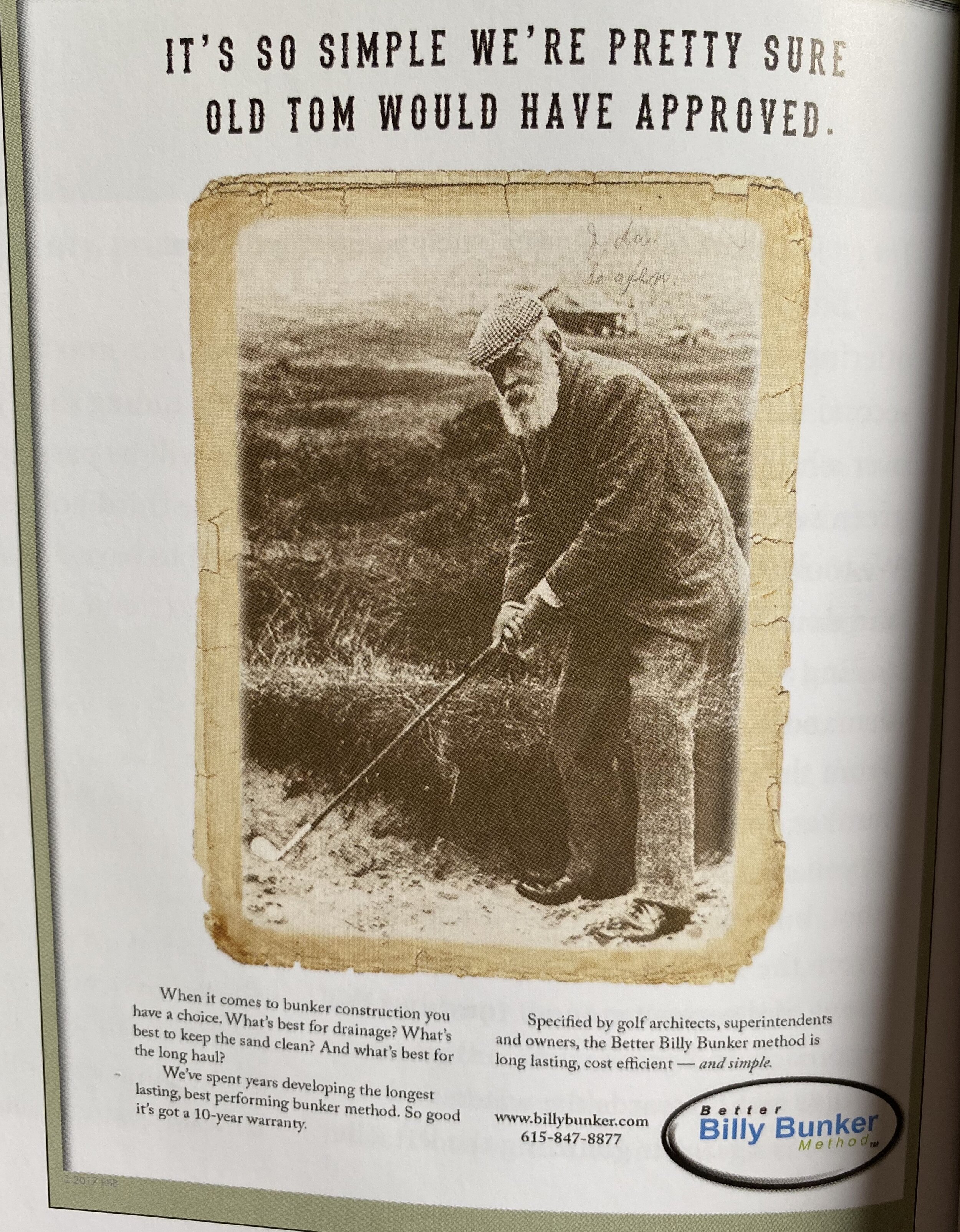The COVID-19 pandemic and ensuing tragedy—nearing 70,000 Americans dead—with accelerate emerging trends or radically alter ways of life we’ve come to know. MorningRead.com deserves plaudits for being one of the only golf publications to look past Brooks Koepka’s birthday or Rory v. Billy on Peloton to ponder the fate of of golf’s substantial industry.
Besides contributions from Dan O’Neill and Tom Coyne, an excellent three part-series has been filed by Brad Klein on various elements of the “business: and “experience” that will change.
Read Part 1 here and Part 2 here, and note this from Part 3 about the likely changes in turf management influenced by forces like staff or budget reductions, among other reasons.
From the modern makeover piece posted as part 3:
For course management and setup:
* Delayed starting times as reduced crews attend to necessary daily setup.
Warning, on the golf values reset I plan to make a case for this at a later date. But go on Klein:
* Varied conditions of presentation, with less emphasis upon flawless, TV-style lush-green setups and more tolerance for less maintenance of roughs, native areas and areas around tees. This ecologically sustainable approach will entail less water, fewer chemicals, less-frequent applications and reliance more upon scientific principles of agronomic management such as ”degree growing days” and moisture-level monitoring.
* In an effort to reduce turf stress and heavy reliance upon chemical inputs, courses will adopt marginally raised mowing heights of fairways (say, from 0.40-inch to 0.55-inch) to reduce mowing demands and make the playing experience more fun and enjoyable for mid-to-high-handicappers and newcomers. This trend will vary from facility to facility, depending upon client and member expectations. These setup conditions also can vary depending upon the occasion.
* Superintendents will be relying on smaller, more efficient crews, which means more interaction among golfers and workers. These reduced crews will devote more of their workday, especially at the start, to sanitizing equipment, keeping safe distance in the workplace and attending to safety conditions among golfers.
While so many questions still remain, Klein still dares to consider the food and beverage side of golf operations where the change figures to be more extreme and surprising.
For club operations:
* Reconfigured food-and-beverage facilities, with greater spacing among serving tables, if necessary, and any unused banquet halls converted to regular dining.
* More emphasis upon takeout of casual meals, which has proved to be popular during the recent social-distancing measures. As we rebound to a semblance of normalcy, the practice might well become habit-forming for consumers; it certainly is more efficient for clubs to provide – less labor, less waste of food and easier to prepare and serve. This will require additional supplies of disposable serving supplies, such as bags, plastic plates and Styrofoam containers, and less emphasis upon conventional flatware and glassware.
Anyway, lots to ponder and worth reading if you are in the industry. The facilities that get out in front of innovation and adopt changes either inspired by trends pre-virus or the new world order, should be able to take advantage of the newfound appreciation for golf.


































